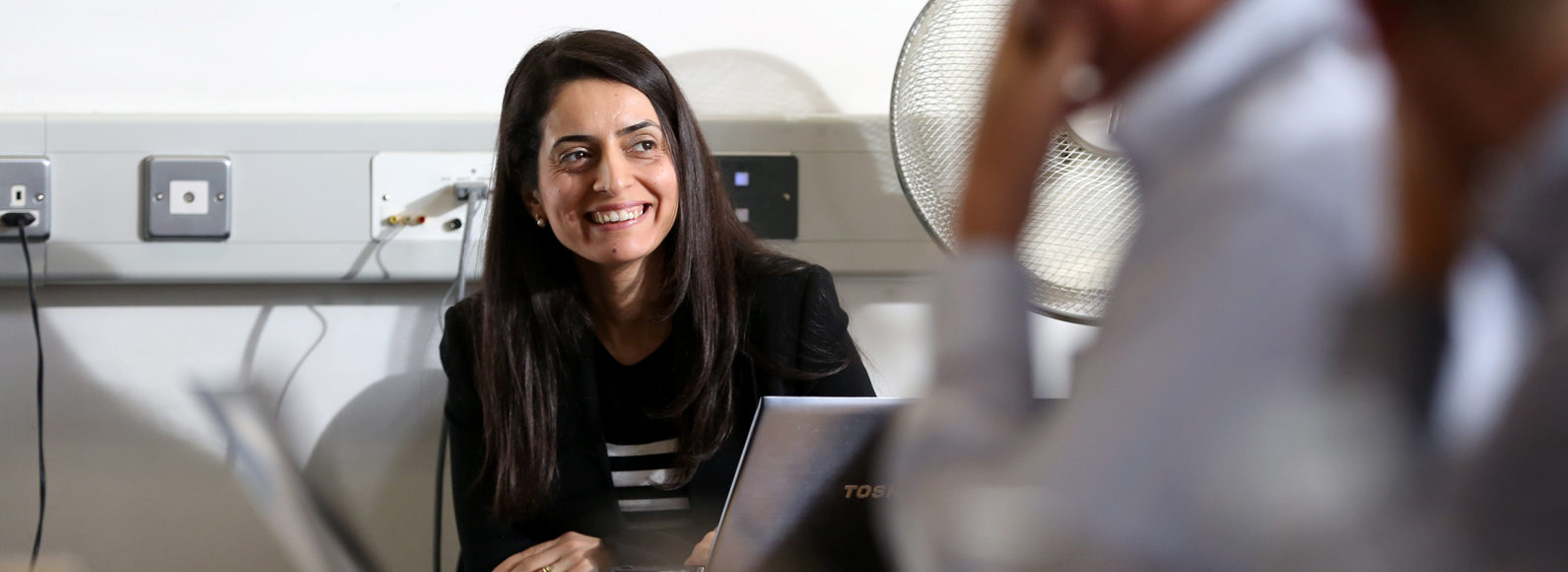Exactly 15 years ago while I was a graduate student yet, I had the opportunity to participate to a seminar of Prof. Dr. Halime Paksoy who redounded many new technologies to our country related with thermal energy storage and also who endeavored a lot for me. The sentence she said when she initiated her presentation: “By thermal energy storage (TES) we aim to store the heat of summer and use it in winter and store the cold of winter and use it in summer.” aroused great curiosity in me. With every publication I read my interest in energy storage systems and TES methods increased. The next subject which attracted my attention was Phase Change Materials(PCMs). Concepts such as latent heat and sensible heat which I previously learned gained new meanings for me together with this subject.
In this era which we can define as Century of Energy, energy has become a basic requirement for people. However the accessibility and sustainability of energy is one of the most important problems today. Energy, like in many countries, is widely obtained from fossil fuels in Turkey. There is a widening gap in ou country between energy production and consumption. The energy deficit today can only be compensated with a foreign dependent energy policy. Apart from the burden it imposes on economy, this situation causes energy reliability concerns. Besides, fossil fuels are diminishing and they have negative impact on environment. The number of people supporting nuclear energy as the solution of the energy deficit that we have today unfortunately increases day by day. These systems which are preferred due to their high efficiency are considered as an escape instead of a solution in my opinion. While the supporters of this technology mention its benefits, no one is thinking (or postponing to think for now) who will interfere in case of a problem occurring in such a technology that our country is not familiar with, how the problems will be solved or the possibility to encounter a heavy tall that is impossible to pay. Instead of these kind of solution suggestions, energy provided by our existing natural sources can be stored by TES and use them when necessary, thus achieving serious energy saving. As a matter of fact, energy saving awareness shall be redounded rather than producing energy and the studies to be made about this subject shall be increased. If you open many unnecessary taps from a pool that is full of water, even if you fill the pool with an unlimited source, you cannot get the desired efficiency. For this reason forming a conscious community and teaching the importance of energy to our children should be a principle for us. I hope environmental friendly TES methods are adopted by our country and are applied in many sectors.
Our experiences about thermal energy storage with PCMs will be transferred through this website to all our students who are interested in PCMs and TES methods in the beginning of or during their graduate study, to academicians who will newly start working on this subject or to organizations who want to redound this technology to their sector with the aim of letting them have an idea.
I hope it will be useful for the ones that are interested in the subject and I would like to thank you for visiting my website
Dr. Yeliz KONUKLU
Nigde University

Dr. Yeliz Konuklu is a Assistant Professor at the Nigde University, Nigde, Turkey. She is also a researcher at the Nigde University, Nanotechnology Application and Research Center. She received her BS from the Chemistry Department of Çukurova University, Adana, Turkey. She obtained her MSc on the Microencapsulation of Phase Change Materials (PCMs) in 2004 and her PhD on Microcapsulated PCMs for Energy Conservation Applications in Buildings in Physical Chemistry in 2008 from Çukurova University. She worked at a Chemistry Company as an R&D Engineer and Outsourcing Engineer from 2006-2008. She is also a member of the secretariat team of the Executive Committee of IEA-ECES IA since May 2011. Her research interest includes micro-nanoencapsulation of phase change material for thermal energy storage systems. She also work on preparation natural mineral/phase change material composites. Her research has been supported by The Scientific & Technical Research Council of Turkey (TUBITAK) and Research Projects Unit of Nigde University. Two special research projects financially supperted by the TUBITAK deserve mention: 1) Temprature Controlled Package containing Microencapsulated Phase Change Materials Using in Foods(111M614) and 2) : Preperation and Characterization of Sepiolite Doped Diatomite/Phase Change Material Composites With Thermal Energy Storage Properties(115M525)

